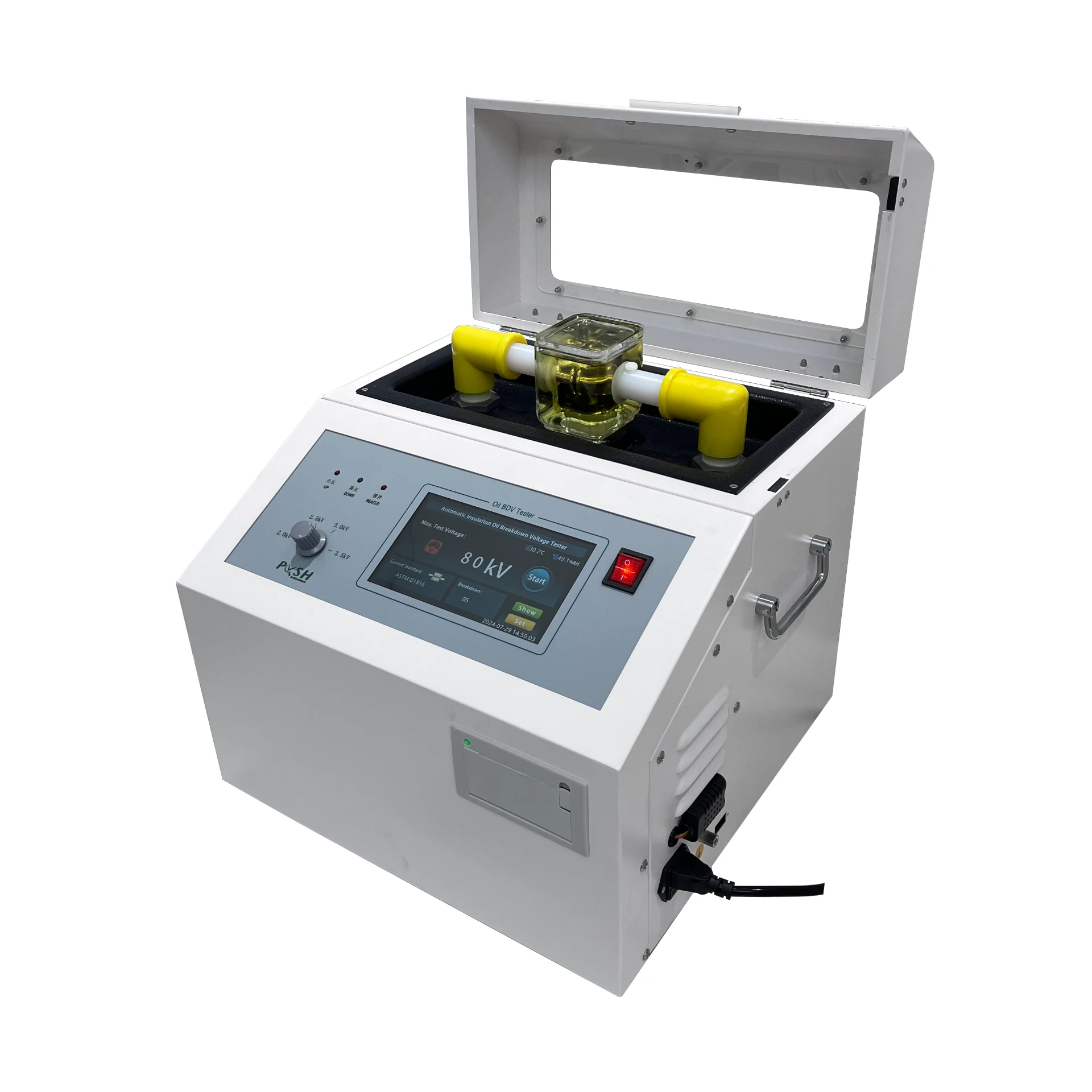 English
English



-
 Afrikaans
Afrikaans -
 Albanian
Albanian -
 Amharic
Amharic -
 Arabic
Arabic -
 Armenian
Armenian -
 Azerbaijani
Azerbaijani -
 Basque
Basque -
 Belarusian
Belarusian -
 Bengali
Bengali -
 Bosnian
Bosnian -
 Bulgarian
Bulgarian -
 Catalan
Catalan -
 Cebuano
Cebuano -
 China
China -
 China (Taiwan)
China (Taiwan) -
 Corsican
Corsican -
 Croatian
Croatian -
 Czech
Czech -
 Danish
Danish -
 Dutch
Dutch -
 English
English -
 Esperanto
Esperanto -
 Estonian
Estonian -
 Finnish
Finnish -
 French
French -
 Frisian
Frisian -
 Galician
Galician -
 Georgian
Georgian -
 German
German -
 Greek
Greek -
 Gujarati
Gujarati -
 Haitian Creole
Haitian Creole -
 hausa
hausa -
 hawaiian
hawaiian -
 Hebrew
Hebrew -
 Hindi
Hindi -
 Miao
Miao -
 Hungarian
Hungarian -
 Icelandic
Icelandic -
 igbo
igbo -
 Indonesian
Indonesian -
 irish
irish -
 Italian
Italian -
 Japanese
Japanese -
 Javanese
Javanese -
 Kannada
Kannada -
 kazakh
kazakh -
 Khmer
Khmer -
 Rwandese
Rwandese -
 Korean
Korean -
 Kurdish
Kurdish -
 Kyrgyz
Kyrgyz -
 Lao
Lao -
 Latin
Latin -
 Latvian
Latvian -
 Lithuanian
Lithuanian -
 Luxembourgish
Luxembourgish -
 Macedonian
Macedonian -
 Malgashi
Malgashi -
 Malay
Malay -
 Malayalam
Malayalam -
 Maltese
Maltese -
 Maori
Maori -
 Marathi
Marathi -
 Mongolian
Mongolian -
 Myanmar
Myanmar -
 Nepali
Nepali -
 Norwegian
Norwegian -
 Norwegian
Norwegian -
 Occitan
Occitan -
 Pashto
Pashto -
 Persian
Persian -
 Polish
Polish -
 Portuguese
Portuguese -
 Punjabi
Punjabi -
 Romanian
Romanian -
 Russian
Russian -
 Samoan
Samoan -
 Scottish Gaelic
Scottish Gaelic -
 Serbian
Serbian -
 Sesotho
Sesotho -
 Shona
Shona -
 Sindhi
Sindhi -
 Sinhala
Sinhala -
 Slovak
Slovak -
 Slovenian
Slovenian -
 Somali
Somali -
 Spanish
Spanish -
 Sundanese
Sundanese -
 Swahili
Swahili -
 Swedish
Swedish -
 Tagalog
Tagalog -
 Tajik
Tajik -
 Tamil
Tamil -
 Tatar
Tatar -
 Telugu
Telugu -
 Thai
Thai -
 Turkish
Turkish -
 Turkmen
Turkmen -
 Ukrainian
Ukrainian -
 Urdu
Urdu -
 Uighur
Uighur -
 Uzbek
Uzbek -
 Vietnamese
Vietnamese -
 Welsh
Welsh -
 Bantu
Bantu -
 Yiddish
Yiddish -
 Yoruba
Yoruba -
 Zulu
Zulu
ct insulation resistance test
Understanding CT Insulation Resistance Testing
Insulation resistance testing is a critical procedure in the field of electrical engineering, particularly when dealing with current transformers (CTs). These devices play a vital role in measuring and managing electrical currents in a safe and effective manner. While the performance of CTs significantly impacts the overall efficiency of power systems, ensuring their integrity through proper maintenance and testing is equally important. This is where insulation resistance testing comes into play.
What is CT Insulation Resistance Testing?
CT insulation resistance testing is a method used to evaluate the insulation properties of current transformers. Insulation serves to separate conductive components, preventing undesired electrical flow which can lead to potential failures or hazardous situations. Over time, environmental factors such as humidity, temperature fluctuations, and pollution can deteriorate insulation materials, increasing the risk of short circuits and operational failures.
By performing insulation resistance tests, technicians can identify degradation in insulation before it leads to critical issues. This testing is usually measured in ohms—higher resistance indicates better insulation integrity, while lower resistance may suggest insulation breakdown.
The Importance of Insulation Testing
1. Safety Persistent insulation failures can lead to electrical shocks, equipment damage, and even critical accidents. Ensuring that CTs maintain high insulation resistance helps mitigate these risks, safeguarding both personnel and equipment.
2. Reliability Regular testing enhances the reliability of electrical systems. By identifying and repairing insulation weaknesses proactively, the likelihood of unexpected outages or failures is significantly reduced.
3. Cost-Effectiveness Conducting routine insulation resistance tests can reduce long-term maintenance costs. By identifying potential failures early, significant repair expenses and downtime can be avoided.
4. Compliance Many industries adhere to strict electrical safety standards. Insulation resistance testing can help organizations maintain compliance with these regulations, avoiding legal issues and improving their safety record.
ct insulation resistance test

How is CT Insulation Resistance Testing Performed?
The process of performing insulation resistance testing on CTs typically involves a few key steps
1. Preparation Before commencing, ensure that the equipment is de-energized, and safety protocols are in place. Disconnect the CT from the electrical circuit to prevent concurrent current flow during testing.
2. Equipment Setup Use a dedicated insulation resistance tester, also known as a megohmmeter. Select the appropriate test voltage (usually ranging from 250V to 1000V depending on the system’s rating).
3. Testing Connect the tester's leads to the primary and secondary terminals of the CT. For accurate results, conduct the test for a recommended duration (commonly 1 minute). Record the insulation resistance values.
4. Analysis Compare the measured resistance values against acceptable benchmarks. If the resistance is below the threshold (usually 1 MΩ for many applications), further investigations should be conducted to identify and rectify the insulation issues.
5. Documentation Finally, document the results meticulously. Maintaining accurate records over time can help identify trends in insulation performance and facilitate better predictive maintenance strategies.
Conclusion
In conclusion, CT insulation resistance testing is an essential practice to ensure the safety, reliability, and efficiency of electrical systems. As electrical infrastructure ages, consistent and thorough testing becomes even more important. By adhering to insulation testing protocols, technicians can better manage the performance of current transformers, mitigating risks and contributing to the overall health of power systems. Both safety and financial prudence dictate that insulation resistance tests are not merely optional but a requisite component of regular electrical maintenance.
-
Testing Equipment Industry Sees Major Advancements in 2025: Smart & Precision Technologies Lead the WayNewsJun.06,2025
-
Applications of Direct Current Generators in Renewable Energy SystemsNewsJun.05,2025
-
Hipot Tester Calibration and Accuracy GuidelinesNewsJun.05,2025
-
Digital Circuit Breaker Analyzer Features and BenefitsNewsJun.05,2025
-
Benefits of Real-Time Power Quality Monitoring Devices for Industrial EfficiencyNewsJun.05,2025
-
Earth Fault Loop Testing in High-Rise Building Electrical SystemsNewsJun.05,2025



